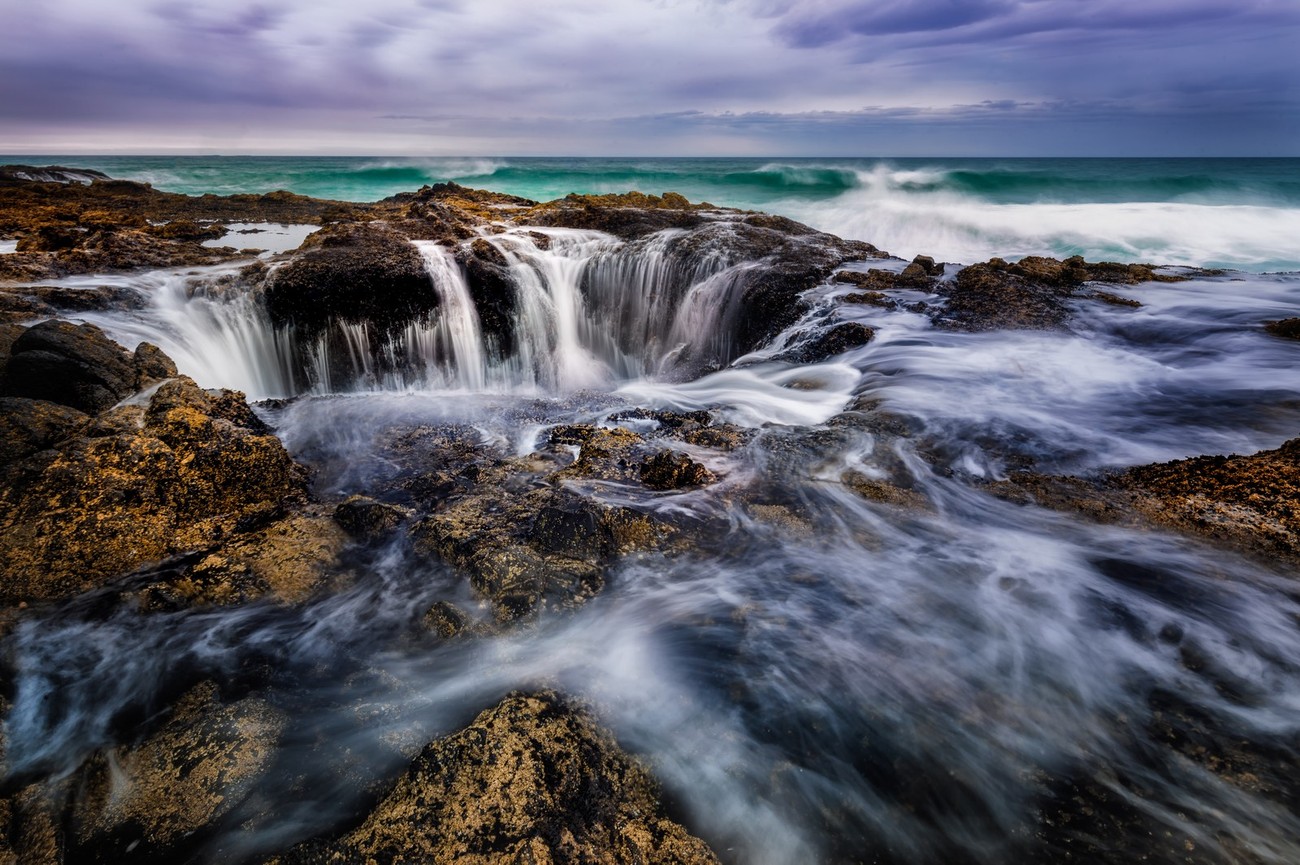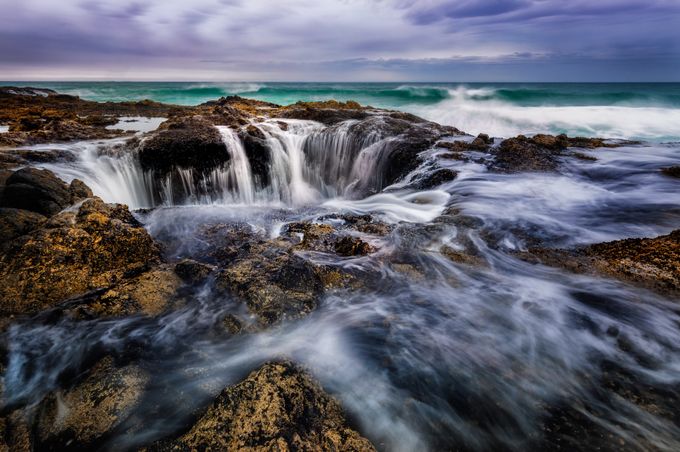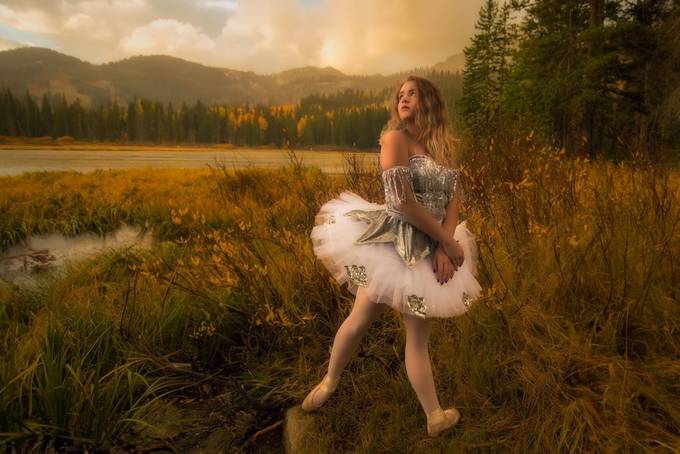So you want to win a photo contest, place first, and get all the online accolades that come along with winning. And you have some pretty good pictures, too- everyone tells you so! But you are not winning the contests you enter, and you can’t figure out why. But more than that, you want to know what you can do- starting now!- to make your pictures better so they do place first. Saddle up little doggies, we’re going on a wild and sometimes bumpy ride to find out what you need to do to win a photo contest!
I have been lucky enough to have been asked to judge a variety of contests in the last few years. I have judged for everything from local camera clubs to internationally known competitions… and I have even judged for the Emmys. This does not mean I always know what is right or that I am perfect… or even that I have good taste!... but it does mean I have seen a lot of entries, and I have spent a good amount of time on the other side of the wall. I know what goes on there, I know the discussions judges have amongst themselves, and I have a pretty good idea of what works, and what doesn’t.
In my experience, I have noticed what I see as four distinct levels of photography in the contest entries. The first level I call The Snapshots, the casual images we all take- usually with our iPhone- of something that catches our fancy. Typically, the subject will be centered, the lighting not so perfect, the framing a little rough, but the subject is really appealing (at least to the photographer). The Snapshot fails because it never translates the initial appeal that got the photographer to take the image into the picture and thus to the viewer.
Typically, the photographer is just not experienced enough or has not spent enough time crafting the picture to make the message clear. And that is fine. We all start somewhere, and these are 90% of all the pictures we take- even us professionals. This tier of the image serves a purpose. But they will never be winners because they are highly ordinary and highly boring, except for the person who took them. And yet half of the entries in most contests are at this level. Lesson? If you have to say the picture does not really capture what it was like to be there, then you have failed. With only a little effort, you can rise to the next level.
This next-level I term The Semi-serious Images. These are pictures that someone stops and puts a bit of thought into. The subject is something of at least passing interest. The focus is generally sharp and the camera is level. It is obvious that the photographer is putting some effort into trying to craft a good image. Where images of this tier typically fall short is that the photographer is just not practiced enough in making images, so they miss a lot of the little things. Or they are so focused on one aspect of the image that all the other elements fall apart. Things like over-or under-exposure in parts of the image, lens correction problems, or pushing too hard on that clarity slider. These may also be images where the photographer is trying something new and learning new skills, but hasn’t fully integrated those skills into the image as a whole. While these images show that the artist is on their way to making some just great images, they just don’t have enough experience to control all the little nuances in their images. These are probably the next 90% of entries into any given contest I judge.
The third level is getting into the rarified air: The Great Images. These images stand out. The colors pop. There are no distractions from the subject. The crop is perfect. The horizon is level. The pictures have no motion blur and are tack-sharp (unless they aren’t). These are images in which all a photographers' technical skills come together, and there are no (not even minor!) mistakes. Most importantly, these images have an inherent story in them. All the elements of the image feedback into that story. These are just simply great images. I can shoot good images all day long, but I only get one image at this level a month (if that). This brings up an important concept for new and fledgling photographers to learn: you only see my best images. I do not just go out, plant my tripod, put my finger in the air, press the shutter, and have an instant masterpiece…. I shoot a LOT to get one image I would even consider showing in public. (I just checked my Lightroom library, and I have 16K images I have shot for fun this year, and nearly that many more I have shot professionally… and it’s only July.) To get what I consider great images, I will shoot hundreds or even thousands of bad, mediocre, or passable images. But you will never see those. And I learn from those mistakes and missteps as I work toward refining that next great image. You will need to shoot thousands of images to get there, too.
The highest level is, of course, The Winners. The images at this level are pretty much the same as the third level…. they just add MAGIC. And that magic is something you have no control over, but you sure as hell know when it happens. It could be a beam of sunlight that streaks through the storm clouds and hits that lone tree standing in a field… or it’s the running back staring straight down the barrel your lens as he crosses the goal line… but no matter what the shot, it is that extra something that takes your great picture and catapults it to the next level. I have been lucky enough to have had this moment happen 4-5 times in my life, and every single time I knew the second I pressed the shutter that I had captured a winner. I did not need to chimp, I felt that magic happen and knew I had a winner on my card.
The next time you are out, and something catches your eye, don’t even think about it- shoot it. Now chimp. What do you like, and what do you NOT like? Now look back at your subject. Ask yourself, what was it about that building (or river… or airplane) that made you want to shoot it? Now look back at your image and ask yourself if you captured that in your shot.
With what first attracted you to the image in mind, start refining and drilling down on the subject and the focus of your photo. What can you do to clarify the subject? Move up or down? I bet it will almost always be moved in on it! Do that. Chimp again. Review again. Judge again. Now how is the exposure? Are there any distracting elements? How can you remove them? Now do the whole process all over again! Now once you have all that, let’s look at the foreground and the background. Does that add, or detract? What do we need to change? Is there anything entering the frame that distracts- like tree branches, buildings, or telephone poles? Move, and move again. Check everything once more.
Spend an hour on an image instead of a passing glance. Be your own worst judge, and be brutal, but make it all better. Make that image say what you originally saw, and make sure that there is no way it says anything else. The more you do this, the faster and better you will get at it. Use your phone to help you frame up (that is a great help, trust me!). Ask your friends for their opinions. Heck, email me, I am pretty free with my opinions! But give those opinions weight. It may sound nice when all your friends say you shot a pretty image, but if they are not working photographers, it may not mean all that much. Conversely, when a professional gives you a critique you may not agree with, perhaps you should listen closely. I know it is hard to hear someone tell you something you worked on so hard needs more work to be really good… but who are you gonna learn more from?
Learn your camera. Learn what it can do, and what it cannot do. Don’t be afraid of “M”- welcome it! The problem with letting a camera choose a shutter, aperture or ISO for you is not that you don’t have control, it’s that you don’t know what it is doing and why. You won’t know how changing this will affect that. You can’t just read about what a fast shutter does… or a small aperture… you need to know and internalize what they do and how they affect your final images. You need to know how far you can push ISO on your camera before the noise is unacceptable. Make mistakes, it’s OK! Just learn from them. Push what the camera can do, and what you can do with it.
You must also get really good at post-processing. Shoot images that are tough, and work them in the post to see what you can and cannot do. Bracket and layer images with wide dynamic ranges, and make great images from these elements. Do NOT use HDR software, blend the layers yourself. If something does not look natural, back off. An unnatural-looking picture will never win a contest.
Put yourself in an unfamiliar environment and see how you do. Do you shoot architecture? Then go out tonight and shoot the Milky Way- and figure out how on your own! I joined a local Facebook modeling group because I don’t know how to shoot people and direct models. It was a great experience and I learned a lot…. and made a LOT of good new friends in the process. Step out of your comfort zone, and try your best. You will succeed!
Finally, you need to become a harsh editor. Be your own worst critic. When people tell you an image is really good, ask how it can be better. When people tell you what you did wrong, listen harder. But most of all just be brutal and emotionless. I don’t care about the back-story on an image, if it is mediocre, it is gone. It is far better to have three great images in your portfolio than 20 good ones. People remember the best you show them… and the worst. So make sure your worst is still great.
Want some dont's?
Don’t think you can make a snapshot climb up the scale with any sort of editing. Don’t NOT edit…. But don’t over-edit. Don’t think you can save a bad image by making it black & white. Don’t enter off-topic images. Don’t enter 3 versions of the same image. Don’t enter “alright” pictures, enter only your best. Don’t take it personally, we are all learning and all getting better!
Someone once told me that photography is 5% taking pictures and 95% problem-solving. That number may not be too far off, but I also feel the ratio quoted is a bit optimistic. Just taking a picture is NOT enough. CRAFTING that picture to be more than just a snapshot is KEY. You must build up that body of knowledge so you can solve problems you meet. And when you meet the unexpected, you will have the experience to make good judgments on how to overcome your obstacles.
To be sure, there are contest winners who shoot in all auto, who don’t use tripods, who only shoot HDR, etc. Perhaps they are lucky. Or perhaps you don’t know everything that went into their images. The only way I know for sure to get better is to work, work hard, and try new things. Never turn down a shoot, or an opportunity to shoot. The one common thread about all the images I have shot: I was there. You make sure you are there when your magic shot happens, too.
About the author:
Dave Koch is a VIEWBUG PRO+ member and an Award-winning Landscape, Portrait, and Action photography located in SLC Utah. Dave is the three-time winner of Utah’s Best of State Nature Photographer, 2017, 2018 & 2019. Visit Dave's profile to see more of his images and the photos he has submitted to the photography contests, and his website to learn more about his work and services.
















